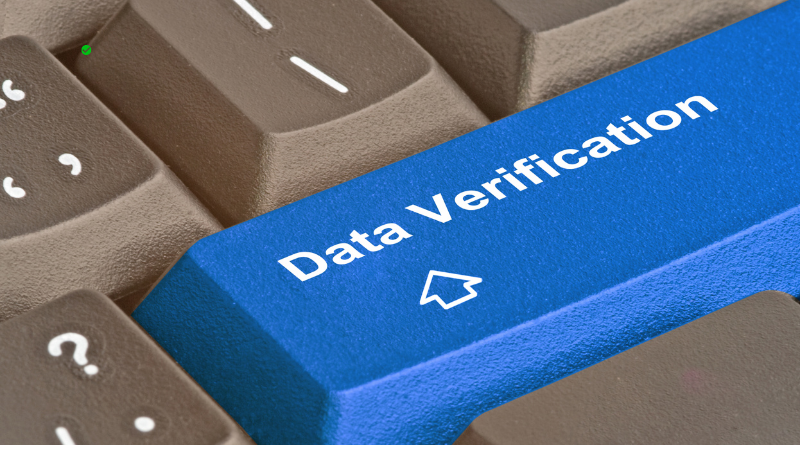Visit Verification Software: Document Management Solutions

The Bridge Linking Visit Verification and Efficiency
The traditional ways of handling paperwork during site visits and field operations are crumbling under their weight. Imagine a claims adjuster trudging through countless paper forms while inspecting storm damage or a property manager desperately trying to track maintenance visits across multiple locations. Such scenarios highlight why visit verification has become a critical pain point for businesses across sectors and why there is a need for digitally driven visit verification cases.
The Challenges of Visit Verification Without DMS
Without a Document Management System, visiting for verification can quickly become a nightmare. The insurer meets a policyholder to verify documents. The agent may depend on physical copies, handwritten notes, or even photos taken on a phone. Such documents can be lost, damaged, or poorly managed. Tracking them afterward becomes a hassle, and there’s always the risk of human error.
In industries like asset management or service verification, the lack of a centralized system means managers have to follow up with field workers manually for updates. This leads to delays, miscommunication, and incomplete records. Without a proper document management system, verifying the authenticity of documents becomes a time-consuming process, often requiring multiple follow-ups.
Digital Verification Solutions and Real-time Use Cases
Industries leveraging electronic document verification and mobile document management:
Insurance Documentation: During policy verification visits, insurance agents use mobile document capture software to verify policyholder documents instantly. The automated document processing system validates records immediately and employs intelligent document recognition to flag discrepancies.
Facility Management Documentation: Property managers implement mobile verification solutions for service visit tracking. Staff utilizes photo documentation software with timestamp verification and GPS-enabled visit verification all through a unified digital documentation platform.
Healthcare Visit Documentation: Healthcare providers employ lawfully compliant document management for home visit verification. They capture patient documentation and treatment verification records while maintaining strict healthcare compliance standards.
Construction Documentation Management: Building inspectors leverage mobile inspection software for site verification documentation. They utilize digital form collection, photo documentation, and electronic signature capture for comprehensive construction site verification.
Environmental Compliance Documentation: Field agents use mobile documentation solutions with geolocation verification for environmental audits. The field documentation software ensures accurate compliance verification and audit trail management.
Social Services Documentation: Case workers implement secure document management during home visit verification. The verification tracking system maintains confidential documentation while ensuring program compliance documentation.
Equipment Maintenance Documentation: Service technicians employ digital service verification through mobile maintenance documentation. Clients receive real-time service verification while companies maintain detailed maintenance record management.
Advantages of Digital Document Management in the Visit Verification Process:
Instantaneous Document Validation: No more waiting games. Field agents collect documents, and the digital verification system checks them on the spot. Missing a signature? The system alerts you right away. Need to verify an ID? The document validation software confirms it instantly. This means fewer follow-up visits and no more discovering missing paperwork after leaving the site.
Proof Based on Location: Every visit verification comes with a digital stamp of truth. The GPS tracking system records where and when documents were collected or verified, ending disputes about whether someone showed up for an inspection or visit. This location verification creates a clear map of all field activities for businesses managing multiple sites.
Instant Document Access: Days of rushing back to the office to get an important document are gone because of cloud document storage. Need last week's inspection report? Access right on your phone. The client is asking about their verification status. Check it instantly. The digital document system means every file is just a few clicks away, whether you're in the office or the field.
Foolproof Audit Records: Every click, scan, and verification gets recorded automatically. Who collected which document? When was it verified? Who approved it? This detailed tracking makes audits simpler and helps prove compliance. No more digging through filing cabinets or piecing together paper trails.
Smart Error Prevention: The digital verification platform catches mistakes before they become problems. Required field missing? Date in the wrong format? Errors will get flagged immediately. This leads to fewer errors slipping through, saving time on fixes later.
Better Customer Experience: Every client appreciates quick, professional service. With digital verification, you can complete document checks faster and provide instant confirmation. Need to share verified documents with the client? Send them securely through the system. This speed and efficiency help build trust and satisfaction.
Assurance of Data Security: Unlike paper documents that can be lost or stolen, digital document systems protect sensitive information. Built-in security features control who can access which documents. Every view and change gets tracked, creating a clear record of document handling. This makes it easier to protect private information and meet data protection requirements.
The Future of Digital Visit Verification:
As AI document processing and machine learning verification advance, digital documentation platforms will become increasingly sophisticated. We're approaching an era of instant document verification, powered by advanced recognition systems and augmented reality documentation.
